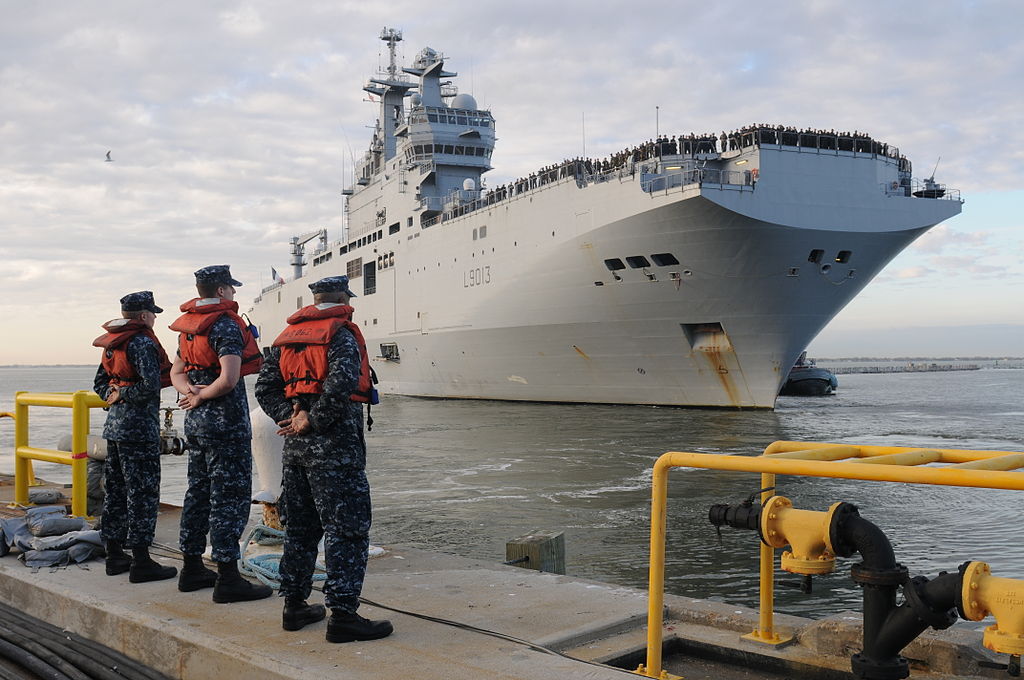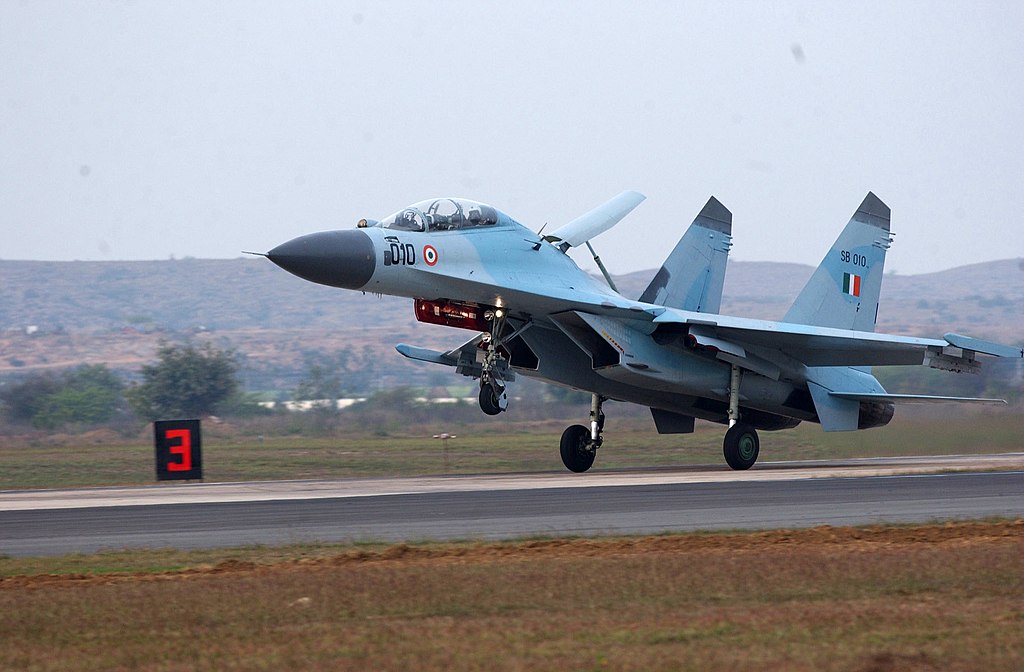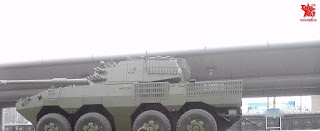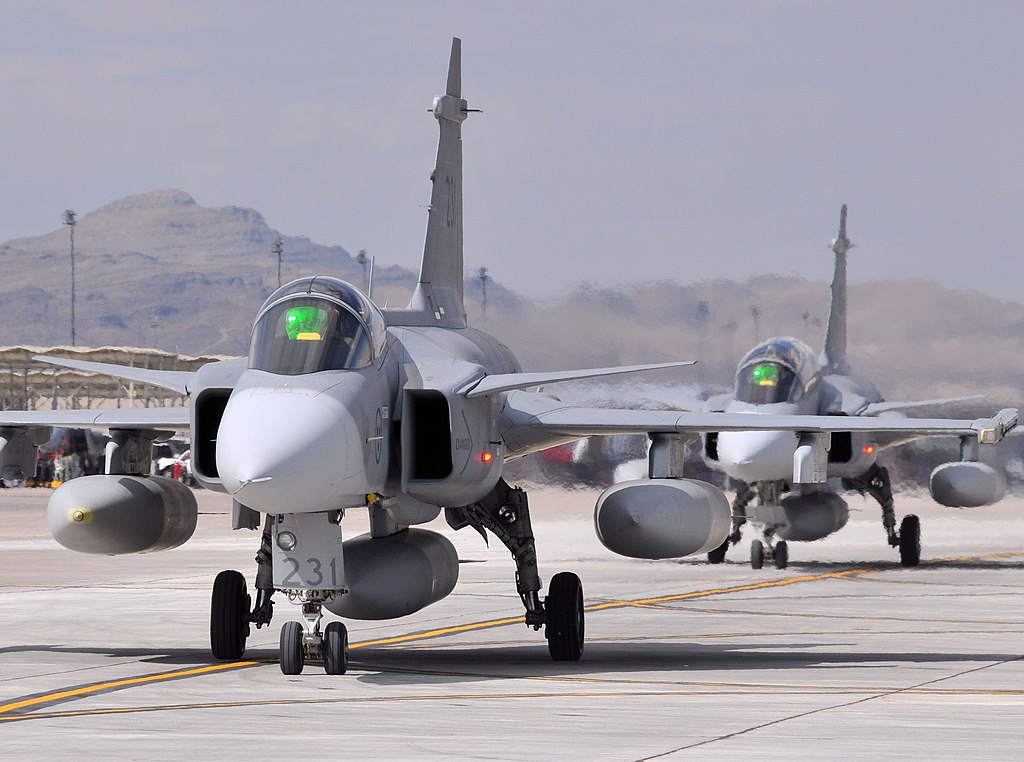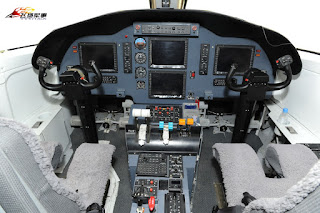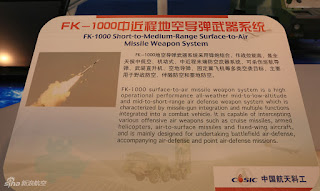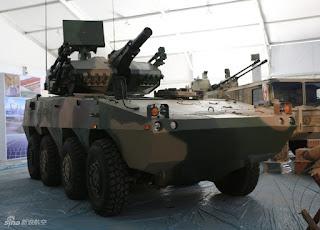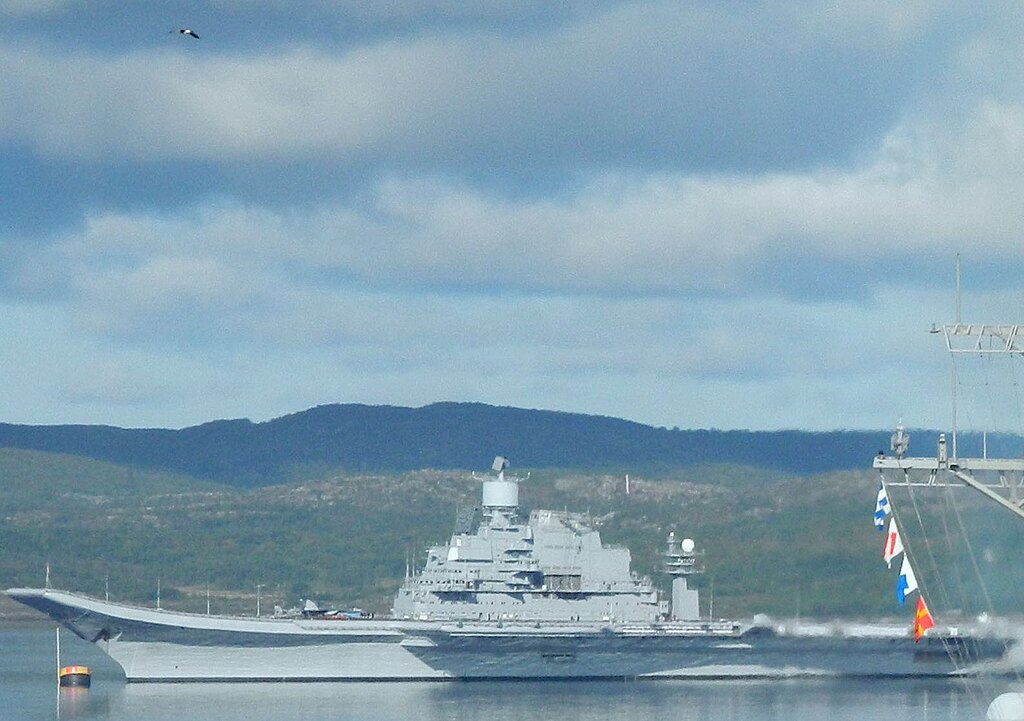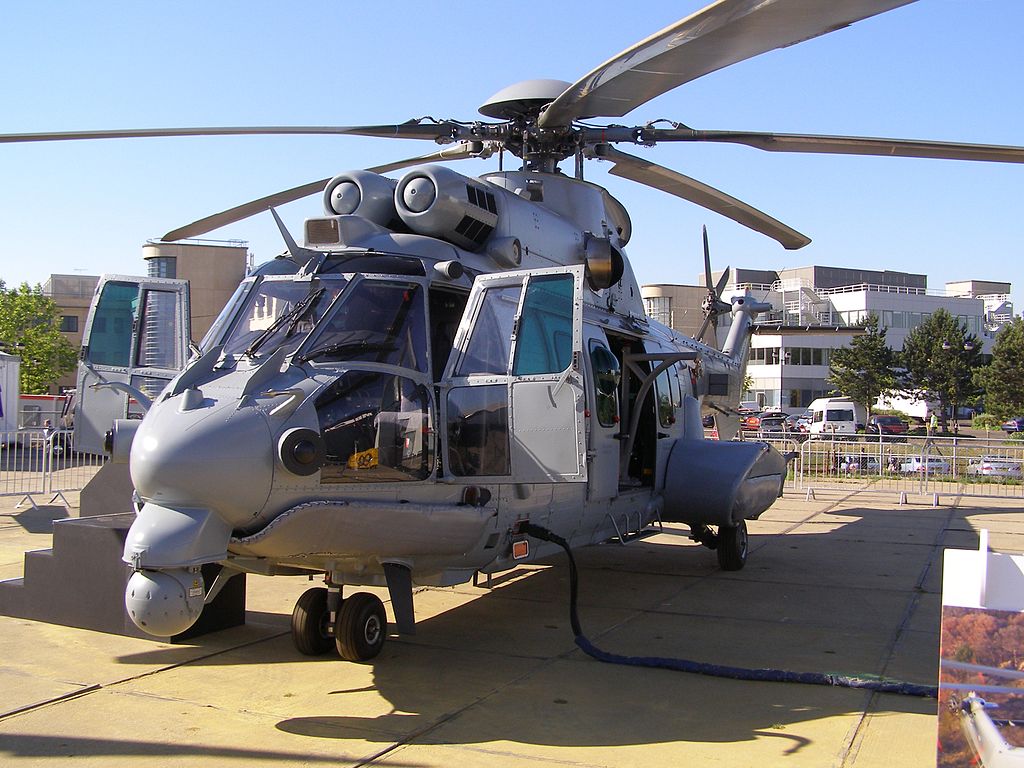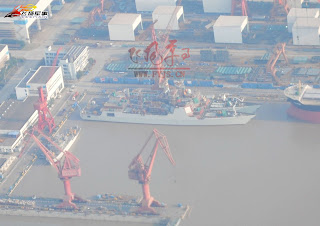The Long March series of rocket launch vehicles are developed by the China Academy of Launch Vehicle Technology. All vehicles carry the CZ designation, which becomes LM for foreign audiences.
Long March LM-2C / CZ-2C rocket series
The LM-2C series comes in two and three stage versions. It has a total length of 43 m and a core stage diameter of 3.35 m. The fairing is 8 m long and 3.35 m in diameter. Liftoff mass is 245 ton and liftoff thrust is 2962 kn. Low Earth Orbit (LEO) payload capacity is 3850 kg. The LM-2C/CTS has a Sun-Synchronous Orbit (SSO) payload capacity of 1900 kg (600 km) and a Geostationary Transfer Orbit (GTO) payload capacity of 1200 kg. The LM-2C series has been used to launch recoverable satellites, ocean satellites and Iridum satellites.
Long March LM-2D / CZ-2D rocket series
The LM-2D series is used for LEO and SSO payloads and has a total length of 41.056 m, a diameter of 3.35 m for both stages and fairing, a liftoff mass of about 250 ton and a liftoff thrust of 2962 kn. The LM-2D series has been used for recoverable scientific and experimental technological satellites, SJ series experimental scientific satellites and remote sensing satellites and other piggybacked small and micro satellites.
Long March LM-2F / CZ-2F rocket series
The LM-2F series comes in two versions for manned space launch and target vehicle. It has a length of 58 m for manned launches and 52 m for target vehicles. It has a core stage diameter of 3.35 m, a booster diameter of 2.25 m, a liftoff mass of 498 ton, a liftoff thrust of 5923 kn and a LEO payload capacity of 8100 kg for manned vehicles and 8600 kg for target vehicles. The LM-2F series has been used for 10 launch missions, including 5 unmanned missions, 4 manned missions and 1 Tiangong target vehicle.
Long March LM-3A / CZ-3A rocket series
The LM-3A series has a total length of 52.5 m, a core stage diameter of 3.35 m, a fairing diameter of 3.35 m, a liftoff mass of 241 ton, a liftoff thrust of 2962 kn and a GTO payload capacity of 2600 kg. The LM-3A series is used for GSO payloads such as FY meteorological satellites, Beidou navigation satellites and Chang'e-1 lunar probe.
Long March LM-3B / CZ-3B rocket series
The LM-3B series has a total length of 56.3 m, a core stage diameter of 3.35 m, four strap-on boosters of 2.25 m in diameter, a fairing diameter of 4 m or 4.2 m, a liftoff mass of 456 ton, a liftoff thrust of 5923 kn and a GTO payload capacity of 5500 kg. The LM-3B series is mainly used for GSO payloads and is the main launch vehicle for international commercial launch services. The LM-3B series has been used for 20 foreign and domestic communication satellites such as VeneSat-1, PakSat-1R, NigcomSat-1R, W3C and Apstar-7.
Long March LM-4C / CZ-4C rocket series
The LM-4B/LM-4C series has a total length of 46.949 m, a diameter of 3.35 m for the first 2 stages and a diameter of 2.9 m for the 3rd stage, a fairing diameter of 2.9 m / 3.35 m / 3.8 m, a liftoff mass of about 250 ton and a liftoff thrust of 2962 kn. The LM-4B/LM-4C series are mainly used for SSO payloads and have been used for the ZY satellite series, Brazilian experimental scientific satellites, HY satellite series, SJ satellite series, Yaogan satellite series and other piggybacked small / micro satellites.
Long March LM-5 / CZ-5 rocket series
The LM-5 series has a total length of 57 m, a core stage diameter of 5 m, a booster diameter of 3.35 m and a fairing diameter of 5.2 m. The basic version is a 2.5 stage liquid launch vehicle with 4 strap-on boosters and has a liftoff mass of 867 ton, a liftoff thrust of 10565 kn, a GTO payload capacity of 14 ton and a LEO payload capacity of 25 ton. The LM-5 series can be used to launch various kinds of spacecraft such as LEO and GTO satellites, space stations and lunar probes.







